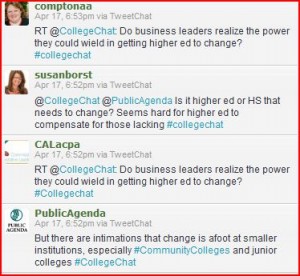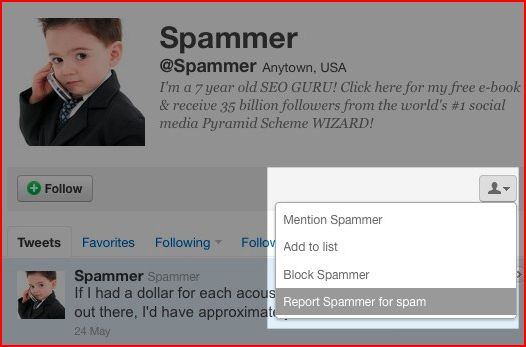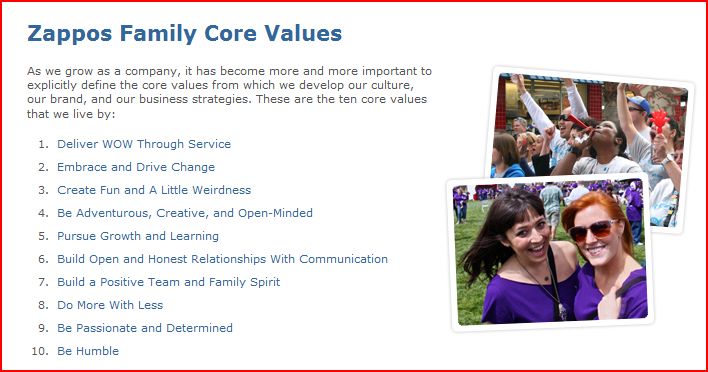College Athletics Director and TV Sports Analyst to Discuss Growing Role of Social Media on Recruitment of High School Athletes #CollegeChat May 22, 2012
 Karen Weaver, EdD, director of Athletics for Penn State University-Abington and a TV color analyst for ESPN, CBS College Sports and Big Ten Network, will discuss the growing role of social media on the recruiting of high school athletes during #CollegeChat on Twitter, May 22, 2012 at 9 p.m. Eastern.
Karen Weaver, EdD, director of Athletics for Penn State University-Abington and a TV color analyst for ESPN, CBS College Sports and Big Ten Network, will discuss the growing role of social media on the recruiting of high school athletes during #CollegeChat on Twitter, May 22, 2012 at 9 p.m. Eastern.
In just the last few years the role of social media sites such as Twitter and Facebook have dramatically changed the recruiting of high school athletes according to Weaver. During #Collegechat, Weaver, https://twitter.com/#!/collegeathlete , will discuss:
- How has social media changed athletic recruiting?
- Has social media changed athlete recruiting for the better?
- What are the pitfalls?
- What are the best practices in for both recruiters and prospective athletes to use in technology and social media?
- Are college coaches and their recruiters being too invasive on high school athletes’ privacy?
- Should college coaches be allowed to “friend” students on FaceBook?
- Are college coaches being allowed to ask for passwords in order to examine high school athletes’ student accounts?
- How has social media helped get student athletes recruited?
- Do high school students need to go through the expense of belonging to fee based online recruiting sites?
About Karen Weaver
Karen Weaver is an Ivy League-educated consultant, scholar, speaker, and administrator with experience that includes positions as a director of Athletics, adjunct professor, and head coach for schools at the NCAA Division I, III, and small college levels. Weaver is also a television color analyst for ESPN, CBS College Sports and Big Ten Network. As a former All-American and national championship coach, Weaver is recognized as an expert in broadcast rights and new media, athletic administration, and college recruitment; and also serves as a recruiting educator for student athletes, parents, and coaches. In addition, Weaver is an athletics consultant to senior leaders in higher education.
About #CollegeChat
#CollegeChat is a live bi-monthly conversation intended for teens, college students, parents, and higher education experts on Twitter. #CollegeChat takes place on the first and third Tuesday of the month at 6 p.m. PT/ 9 p.m. ET. Questions for each #CollegeChat edition can be sent to Theresa Smith, the moderator of #CollegeChat via http://Twitter.com/collegechat, by entering questions online on the CollegeChat Facebook page or by email. More detailed information about signing up for Twitter and participating in #Collegechat can be found at http://pathwaypr.com/how-to-participate-in-a-twitter-chat .






